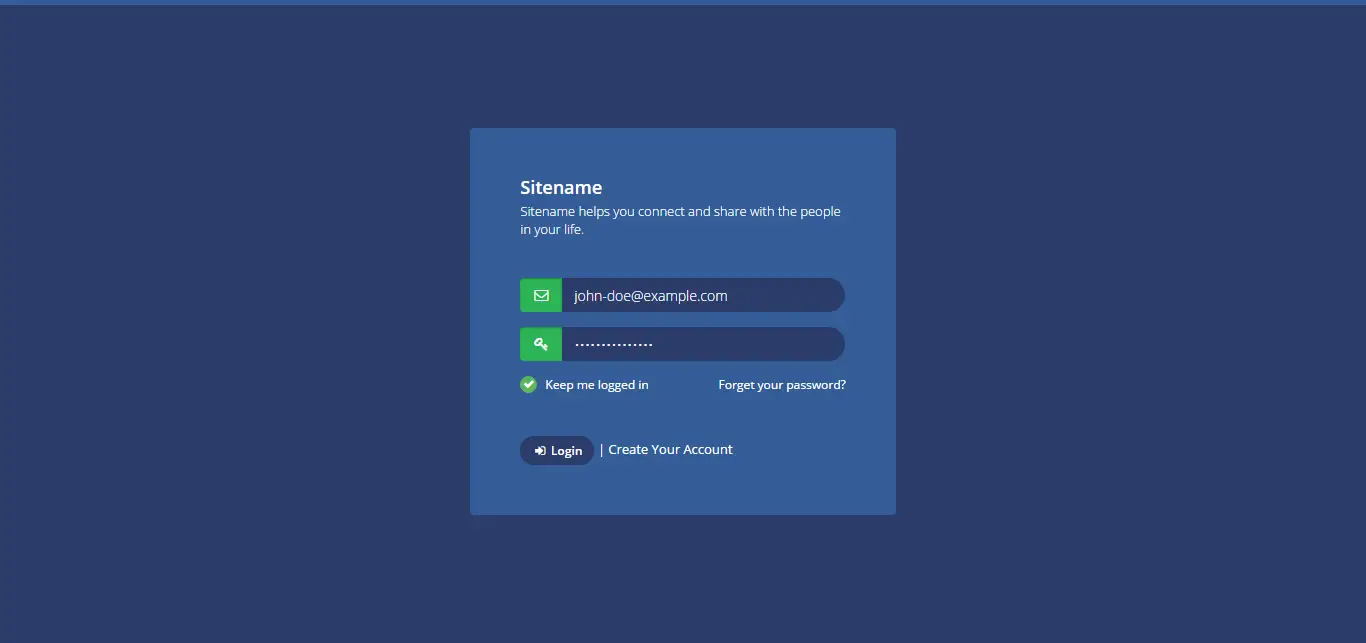How to convert string to boolean in Javascript
By Tan Lee Published on Nov 13, 2024 396
When a boolean value is stored as a string (e.g., `"true"` or `"false"`), it can be challenging to work with because JavaScript treats these as strings rather than actual boolean values. To use them as booleans, you need to convert them from string form to actual boolean values (`true` or `false`). This conversion ensures that the value can be used correctly for logical operations or comparisons in your code.
How to Parse a String to a Boolean with the Identity Operator (===)
The strict (identity) operator checks if two values are exactly the same, including their case. When converting a string to a boolean, you can compare the string to `"true"`. If they match exactly, it returns `true`; otherwise, it returns `false`.
For example: convert string to boolean javascript
let str = "true"; let bool = (str.toLowerCase() === "true"); // true str = "false"; bool = (str.toLowerCase() === "true"); // false
How to Parse a String to a Boolean with Regex
Regex (Regular Expressions) is a powerful tool for matching and testing string patterns. A basic regex pattern is enclosed between two slashes (`/`). For example, to test if a string equals "true", you can use a regex pattern.
let str = "true"; let boolValue = (/true/).test(str);// true let str = "True"; let boolValue = (/true/).test(str);// false
To perform a case-insensitive match in a regular expression, you need to add the `i` flag at the end of the pattern.
let str = "True"; let boolValue = (/true/i).test(str);//true
How to Parse a String to a Boolean with the Double NOT Operator (*!!*)
The single NOT operator (`!`) inverts a result. When applied to a string, it returns `true` for an empty string and `false` for any non-empty string.
let str1 = !'true';//false let str2 = !'';//true
To convert a string to a boolean where an empty string returns `false` and any non-empty string returns `true`, you can use the double NOT (`!!`) operator. This inverts the result of the single NOT operator, providing the desired boolean conversion.
let str1 = !!'true';//true let str2 = !!'';//false
The double NOT (`!!`) operator converts any string to a boolean: it returns `false` for an empty string and `true` for any non-empty string. However, it cannot convert the string `"false"` to a boolean `false`; it will return `true` for non-empty strings, including `"false"`.
How to Parse a String to a Boolean with a Boolean Wrapper
The JavaScript `Boolean` object works similarly to the double NOT (`!!`) operator by converting a value to a boolean. It returns `false` for falsy values (like an empty string) and `true` for truthy values (any non-empty string or other truthy values).
When you pass a string into the `Boolean` object, it evaluates to `true` (for any non-empty string). However, if you pass an empty string, it evaluates to `false`.
let str1 = Boolean('true');//true
let str2 = Boolean('');//falseThe limitation of using the `Boolean` object is that a string with spaces (e.g., `" "`) will still evaluate to `true`, as it's considered a non-empty string, even though it may visually appear empty.
let str = Boolean(' ');//trueWhen converting the string `"false"`, you'd expect it to return a boolean value of `false`, but it actually returns `true`. This is because the `Boolean` object only returns `false` for an empty string, not for the string `"false"`.
- How to use sweetalert2
- How to Pass string parameter in an onclick function
- How to format number with commas and decimal in Javascript
- What does 'use strict;' means in Javascript
- How to detect if caps lock is pressed in Javascript
- How to create a Custom Event in Javascript
- How to Check if an Object Has a Property Properly in JavaScript
- How to convert an Uint8Array to string in Javascript





